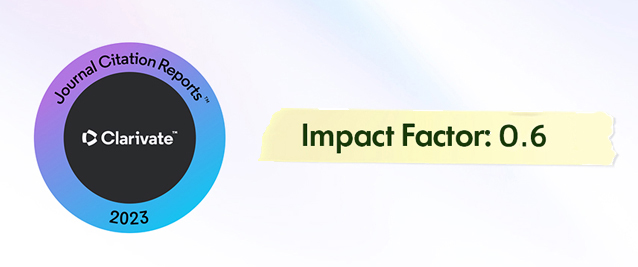2Department of Basic Sciences, Istanbul Technical University, Istanbul, Turkey
3Department of Computer Programming, Istinye University, Istanbul, Turkey
4Department of Geography, Istanbul University, Istanbul, Turkey
Abstract
Coronavirus 2019 (COVID-19) is an infectious respiratory disease that might be fatal to humans due to severe acute respiratory syndrome coronovirus-2. COVID-19 first appeared in Wuhan, China in 2019 and soon have spread all over the world. Therefore, it was accepted as a global epidemic by the World Health Organization in March 2020. The aim of this study is to reveal the effects of the demographic structure of the countries, their socio-economic development, the precautions, and health practices implemented by the governments against COVID-19 on the rate of transmission until the first peak days (plateaus) are appeared. Due to the socio-economic developments and reaching out the clear and transparent COVID-19 dataset, the sample of the study was formed from G20 and EU countries. The interpretable factors affecting the transmission rate of COVID-19 were extracted with factor analysis and multidimensional scaling. Multivariate analysis figures out the effects of the precautions and health practices implemented by G20 and EU countries with similar/different socio-economic development characteristics on the transmission rate. For instance, a result obtained from the multivariate analyzes is that COVID-19 cases in developed and developing countries differ from each other at their first plateaus. Another noteworthy inference is that COVID-19 cases are trending similarly within some developed countries with the higher ratio of population (65+) and Human Development Index (HDI). Furthermore, the population ratio (15-64) is itself an explanatory factor that can be used to characterize similar transmission patterns between countries. Consequently, these findings may help state authorities to take urgent precautions and manage such a global epidemic by much more efficient health policies.














